Types of Drywall: Applications, Uses, & Tools Needed
-
- Last updated:
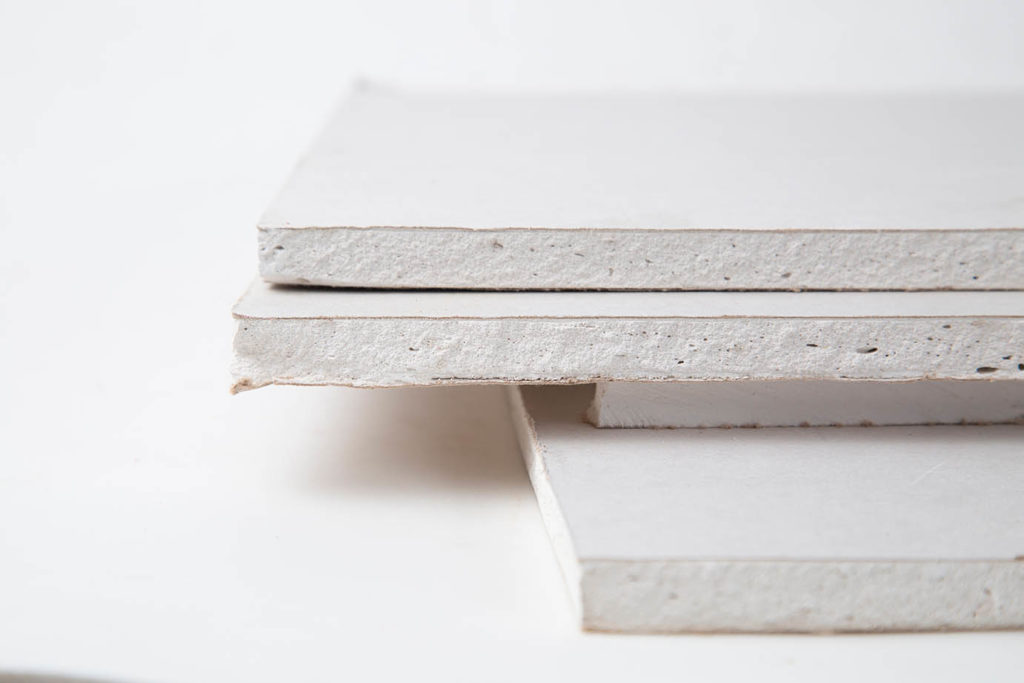

You may know it as drywall or other terms such as sheetrock. It was probably one of the most influential inventions for the construction industry. Instead of the labor-intensive process of plastering walls, drywall made it possible to deck out interior rooms in a fraction of the time and work. However, it’s neither as easy as it sounds to hang drywall or as simple as you may think.
The job requires a specialized set of tools that cover all aspects of the process, from hauling it to creating the final product. However, the kinds of drywall are another consideration because this material has evolved, too. You’ll find several types that are ideal for challenging conditions or satisfy a particular need. Our guide will cover what’s available and what you’ll need to hang it right.

The 7 Types and Their Uses
Calling sheetrock drywall belies the fact that there are a host of different types. Environmental conditions often dictate which ones will serve their purpose better than others. Let’s take a look at what’s available to help you make an informed choice.
1. Run-of-the-Mill Drywall
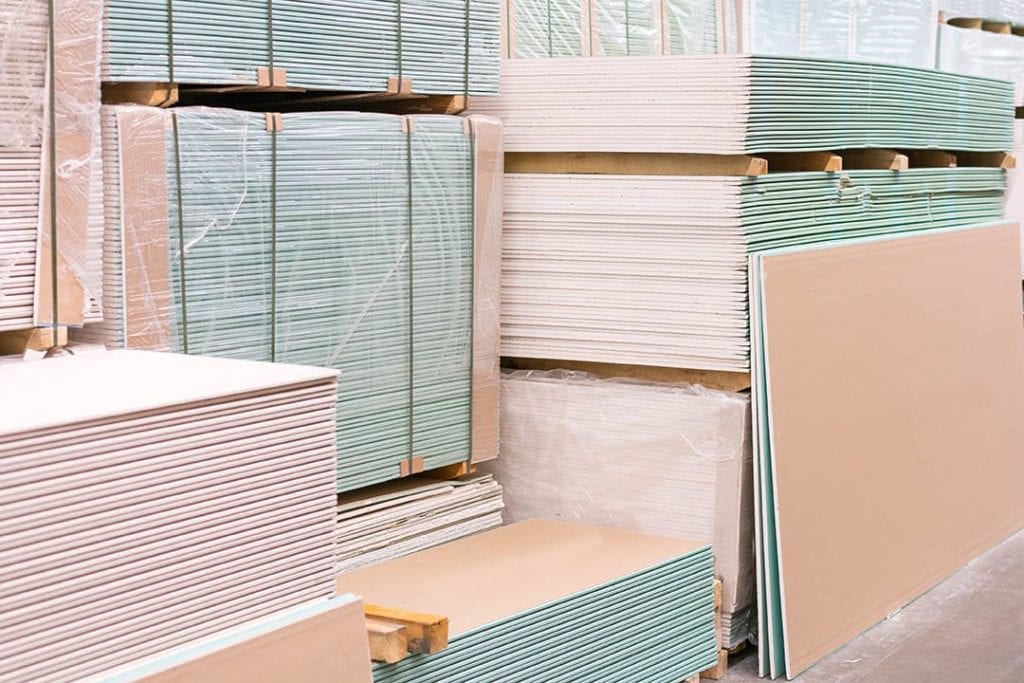
We’ll start with the basic stuff. Drywall is essentially a gypsum plasterboard with a paper covering that replicates the look of plaster without all the bumps and irregularities. It’s an excellent foundation for paint and wallpaper because it’s flat. You’re starting with the proverbial blank canvas—literally! The uniformity of this type makes it easy to use, even for the first-time DIYer.
2. Soundproof Drywall
Soundproof drywall is a godsend for some applications. As you may expect, it’s thicker to dampen unwanted noise that could disturb others in adjacent rooms. While you may think it’s an excellent option for all rooms, bear in mind that it’s more expensive, too. Nevertheless, it does its job well, especially if you supplement it with panels on the interior walls.
3. Fire-Resistant Drywall
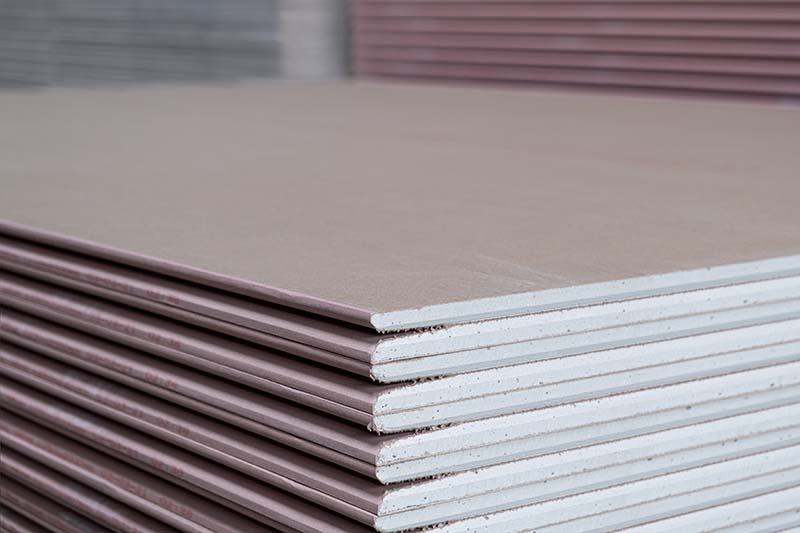
You’d think that fire-resistant drywall should be the go-to choice for all applications. However, regular drywall offers some protection on its own. The materials and construction of this type differ from the regular kind to give that added boost. You’ll see Type X and Type C with increasing grades of fire resistance. The benefit comes from the longer stability of the structure that they offer.
Gypsum has its limits. These types of drywall compensate for the conditions in which it will start to fail under the pressure and high temperatures of a fire. Of course, anyone trapped inside and the firefighting crew also benefit.
4. Eco-Friendly Drywall
Gypsum is a mineral that exists in nature. It has a broad range of uses that include the seemingly counterintuitive roles as both an ingredient in tofu and a fertilizer. The eco-friendly version contains more recycled industrial materials than regular drywall. It also has the added benefits of resisting pests and providing protection against mold.
5. Moisture-Resistant Drywall
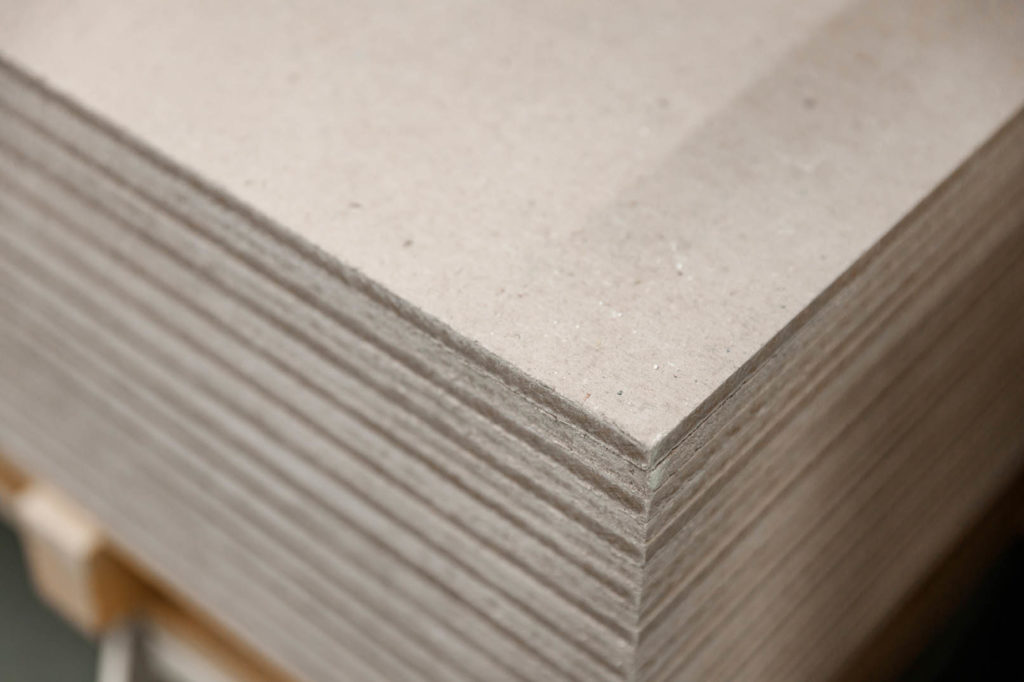
Moisture-resistant drywall or green drywall is an excellent option for rooms where humidity is an issue, such as kitchens and bathrooms. Gypsum provides some protection, but this type takes it to the next level with a coating that keeps the guts of the drywall, well, dry. It provides welcome peace of mind that safeguards the structure of a room for both the sheetrock and the wooden frame.
Find a drywall specialist in your area, and get free, no-commitment estimates for your project.Consult a DRYWALL expert

6. Paperless Drywall
Paperless drywall is another type of drywall option if you are redoing a bathroom or kitchen. The protection comes from a fiberglass coating that keeps moisture out and keeps the interior dry. It is more expensive, but it adds more to the structural integrity of the sheetrock. Of course, it comes at a price, but it’s worth considering if you have the budget.
7. Purple Drywall
Purple drywall takes moisture resistance to the stratosphere. It also protects against mold, which is equally as destructive to sheetrock. It is an ideal choice if these conditions are a regular occurrence. Again, we’re talking more money, but you can think of it as an insurance policy for structural damage that can lead to more expensive repairs.

Tools
Your toolbox for hanging any type of drywall needs some extra tools to get the job done right. The first thing you must have if you’re working alone is a drywall lift. That will make it less unwieldy to haul the sheets around in your home. Some are all-purpose items that you probably use for other tasks. Others are unique to this DIY job.
Tape Measure
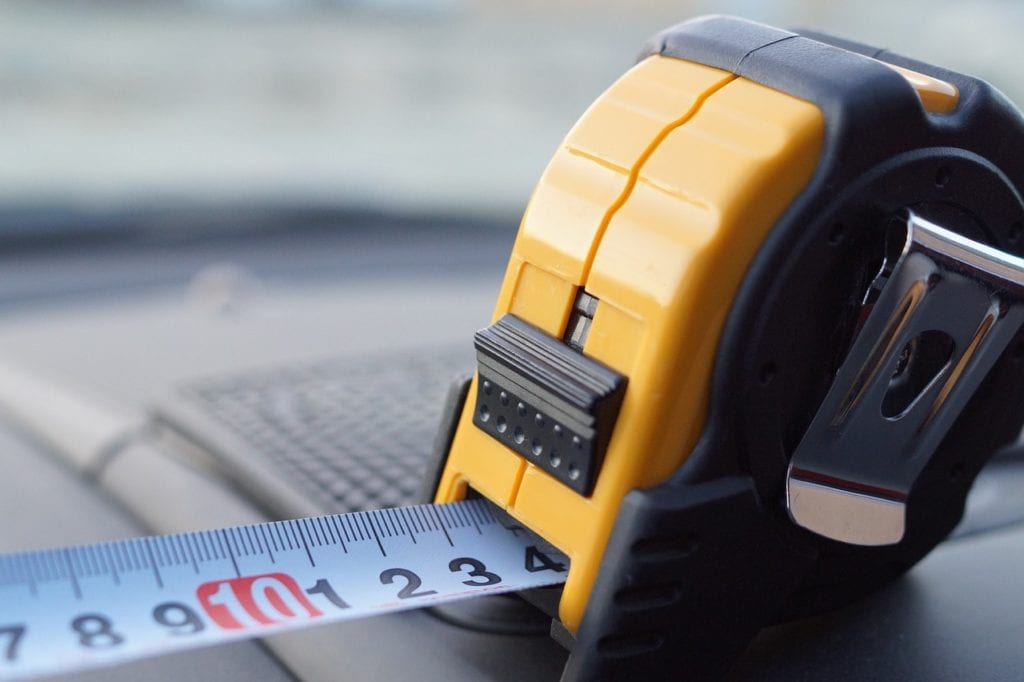
The mantra of carpenters is to measure twice and cut once. That’s essential for buying any supplies, including drywall. You’ll find three sizes, with the ceiling size probably the deciding factor. They include:
- 4’ x 8’
- 4’ x 10’
- 4’ x 12’
Before you worry about hauling sheetrock around, you need to know how much the job requires. We’d suggest giving yourself a buffer for cracked or imperfect sheets.
Utility Knife
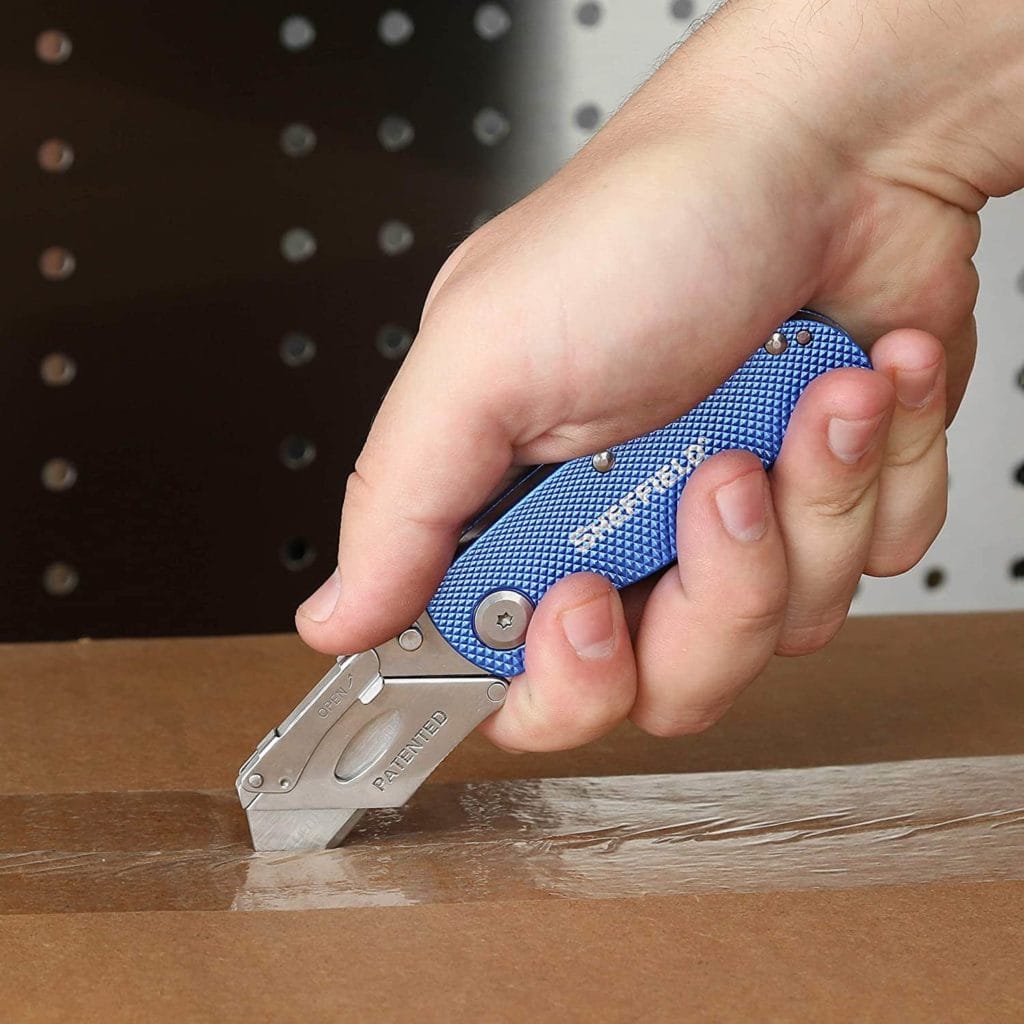
Drywall comes in thicknesses of ¼”–⅝”. The most common for DIY projects is ½”. It provides enough bulk to insulate a room with the added strength to handle normal wear-and-tear. A utility knife can cut through them efficiently as long as it can penetrate through the necessary thickness. Gypsum is a relatively soft material, so you won’t blow through blades that quickly.
Jab Saw

A jab saw is another tool you can score and cut through the drywall. It is a straight blade that is 6”–8” long. It has jagged teeth that make short work of sheetrock. That makes it easy to use if you have to do a lot of cutting, of course, after you’ve measured the space twice. Bear in mind that this tool has few other uses, even if it’s not overly expensive.
Drywall Knife
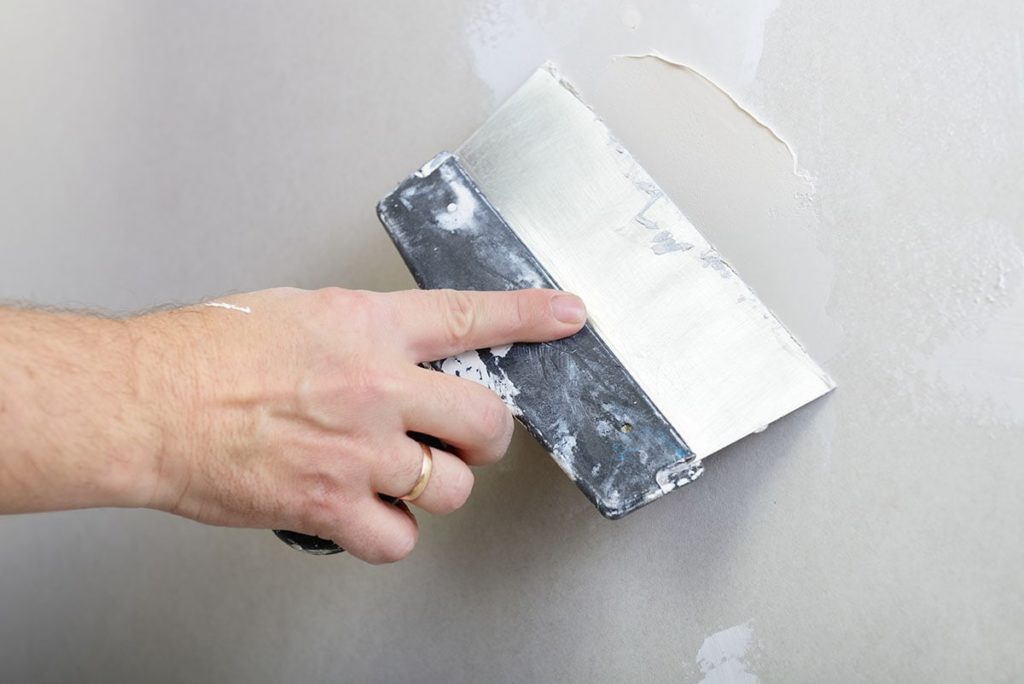
The term knife is a bit of a misnomer. It doesn’t cut through drywall. Instead, its purpose is to apply spackle or mud, as we’ll discuss later. They come in different sizes, depending on what stage of the job you’re working. Generally, you’re going from wider to narrow as you get close to the finished product. Using this tool is part of the art of hanging sheetrock.
Drywall Screw Gun
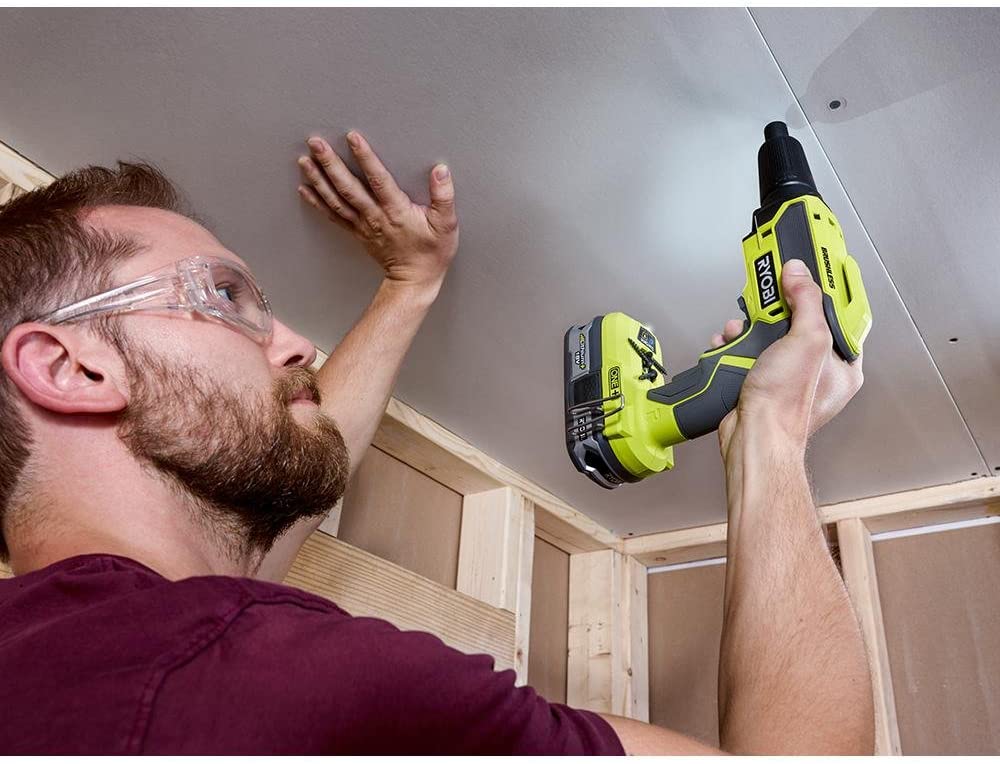
A screw gun makes it quicker to get drywall in place. The process is repetitive. However, it’s essential to work fast to avoid ripping through the sheets. Using this tool makes the job go efficiently and makes it possible for a single person to hang sheetrock. The time you save will more than makeup for the cost of the rental or purchase.
Drywall Screws
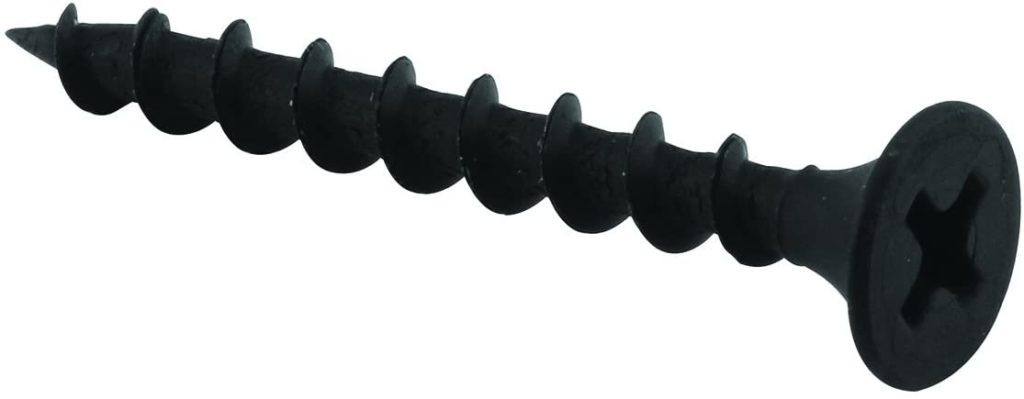
You’ll use screws to install drywall instead of nails. The main reason is to protect the sheetrock from cracks and splits that using nails could cause. It also is more secure to hold it in place in the wood frame that lies underneath the sheets. We recommend sticking with the length you need to penetrate the drywall completely and provide enough staying power in the lumber.
Drywall Mud

Contractors typically call the plaster or spackle used to smooth out the bumps from screws and tape in drywall mud in reference to its consistency. It is thick like bread dough. You’ll often find that it is tinted out of the container in a noticeable color like pink. It will turn white when it dries to make it easier for you to know where you’ve applied it.
Sanding Sponges
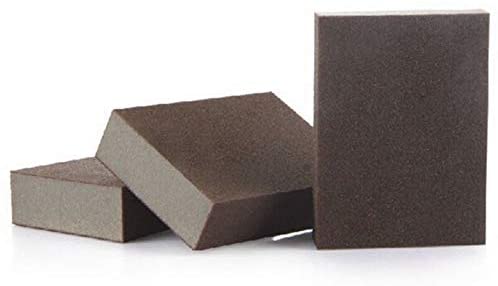
No matter how careful you are when you apply the drywall mud, you’ll end up with lumps and lines. That’s where your sanding sponge comes in handy. It will allow you to get a smooth finish that will give your job a professional look. These tools are relatively fine to match the hardness of the spackle. They are preferable to fine sandpaper because they’ll hold up for the long haul.

Final Thoughts About Drywall
You’ll find that many building materials include a variety of options to match the product with the job or conditions. Instead of trying to figure out a solution, manufacturers have done the heavy lifting for you to make your work easier and more efficient. Drywall is no exception. The best thing about these products is that they increase the longevity of sheetrock to reduce the need for repairs or replacement.
Featured Image Credit: Potashev Aleksandr, Shutterstock
Contents

